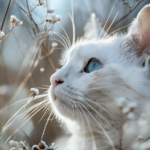Big cats have fascinated cultures around the world since ancient times. From the powerful roar of the lion to the stealthy grace of the leopard, these majestic creatures have often inspired a mix of reverence and fear. This article explores ten ancient civilizations that held big cats in high regard, using them as symbols of power, protectors, and deities. Join us on a journey through time as we uncover how these magnificent animals were revered in ancient societies.
Ancient Egypt: Lions as Symbols of Divine Power
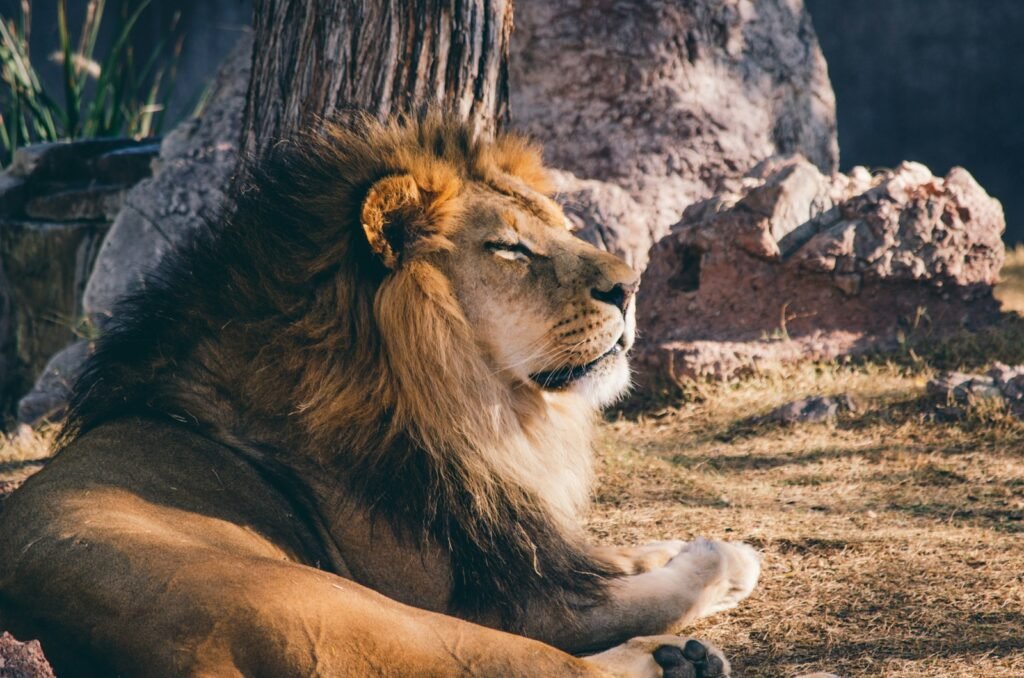
In ancient Egypt, lions were seen as symbols of power and royalty. The lion-headed goddess Sekhmet embodied the fearsome aspects of the sun, representing both destruction and healing. Additionally, the Sphinx, with its lion body and human head, guarded the Giza Plateau, indicating the protective and regal qualities attributed to lions. Pharaohs often associated themselves with lions to demonstrate their own strength and authority.
The Sumerians: The Mighty Lion in Mythology
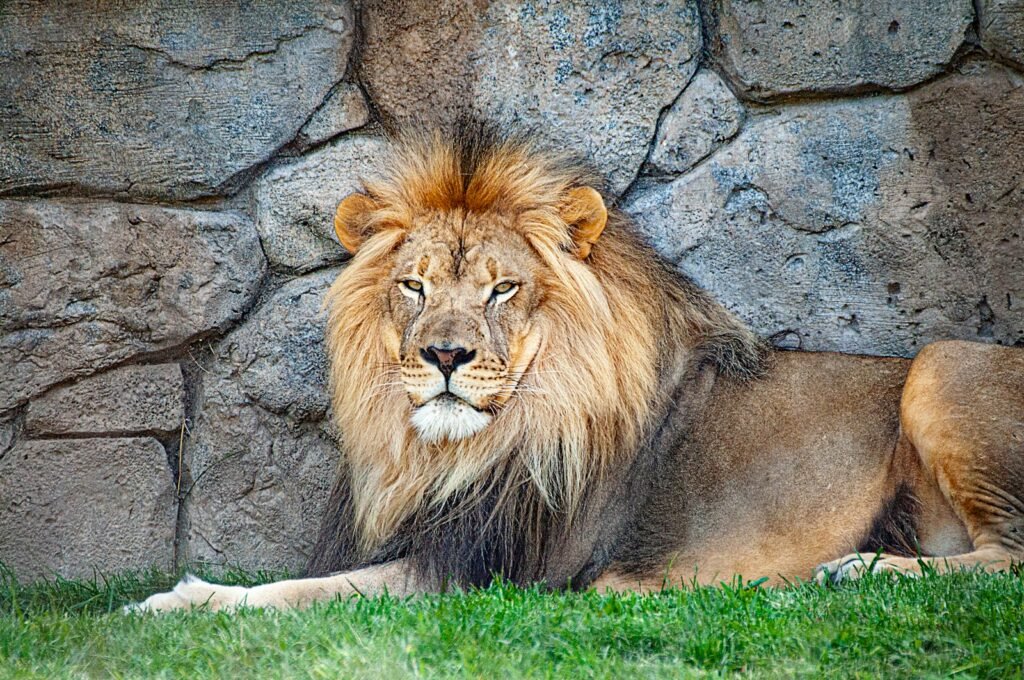
The Sumerians, one of the world’s earliest civilizations, also revered the lion. The lion was associated with several deities, including Inanna, the goddess of love and war. Warriors and kings often depicted themselves with lions to signify their bravery and strength, aiming to adopt the lion’s powerful traits for their own endeavors.
Indus Valley Civilization: Depictions of Big Cats in Art
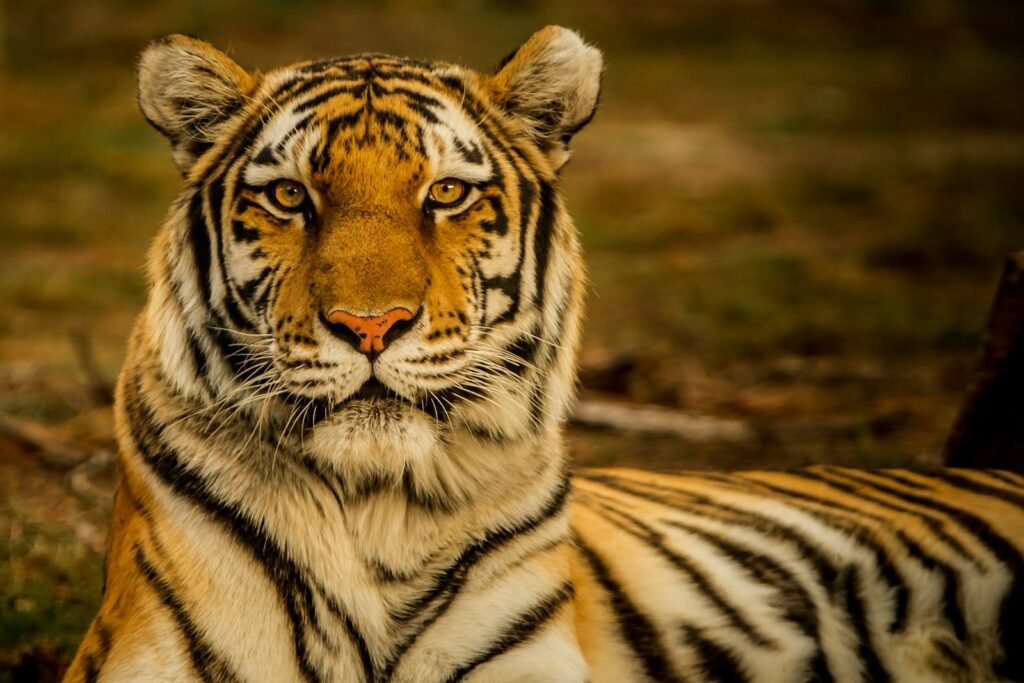
Existence in present-day Pakistan and northwest India, the Indus Valley Civilization left behind numerous seals and artifacts featuring big cats. These depictions suggest the cultural importance of these animals, possibly representing great strength or divine protection. However, the exact nature of their role remains a mystery due to a lack of decipherable written records.
Ancient China: Tigers as Protectors and Symbols of Valor
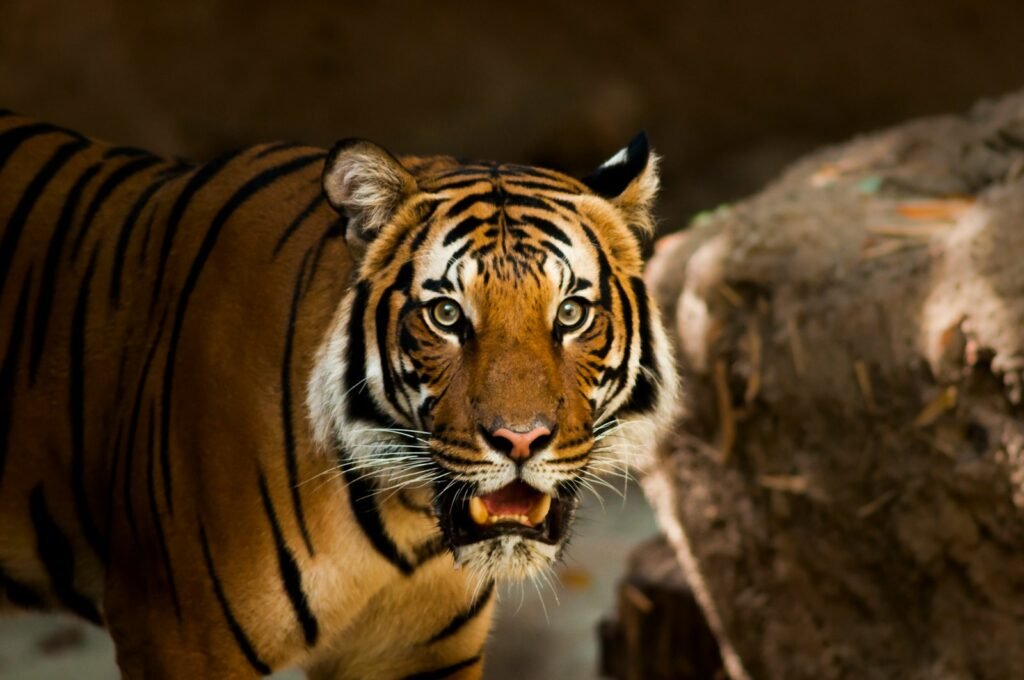
In ancient China, the tiger was revered as the king of beasts, symbolizing courage and power. Tigers were believed to ward off evil spirits, and thus, images of tigers were often used in military banners and shields. The White Tiger was considered one of the four cardinal animals, representing the west and autumn in Chinese cosmology.
Greek and Roman Empires: Lions as Emblems of Strength
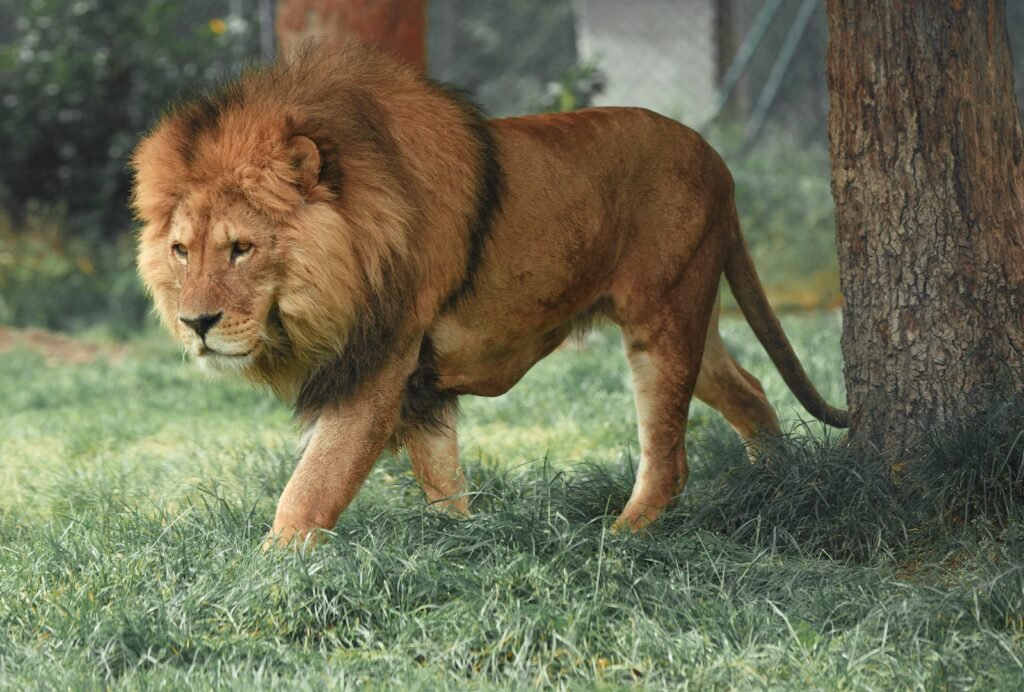
In both Greek and Roman cultures, lions were prominent symbols of power and strength. The Greeks connected lions with several deities, including Dionysus, the god of wine, who was often depicted riding a chariot drawn by lions. The Romans used lion imagery to convey the might of their emperors, famously employing lions in gladiatorial games to demonstrate dominance and control over wild nature.
The Kingdom of Kush: Lions and Divine Authority
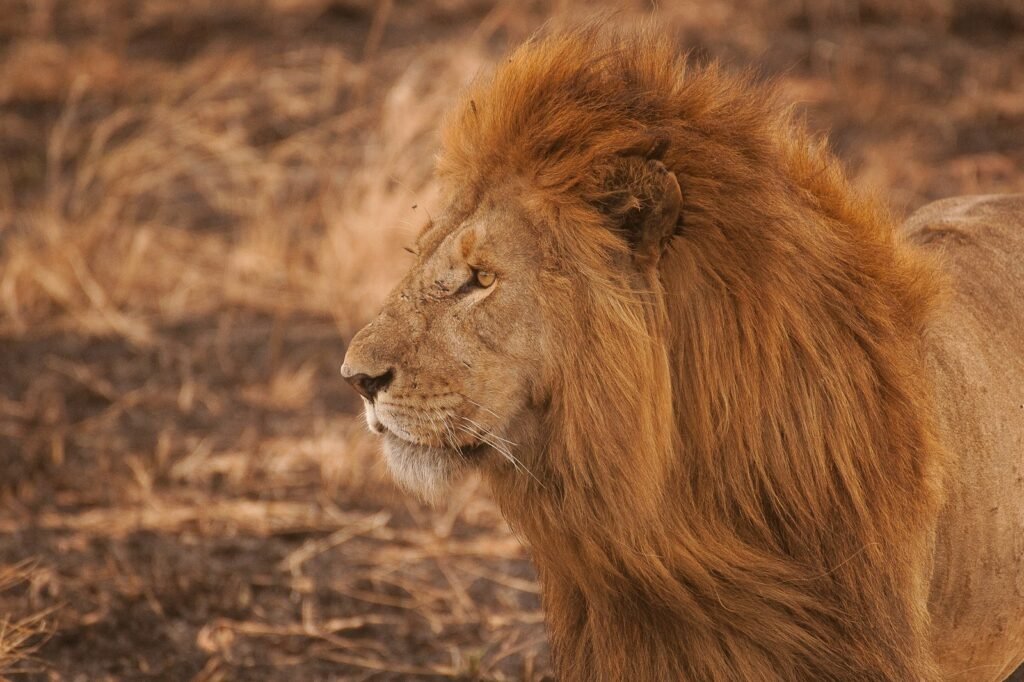
In the Kingdom of Kush, located south of ancient Egypt in modern-day Sudan, lions were significant in royal symbolism and religious beliefs. Kings often depicted themselves as lions, embodying attributes such as bravery and might. The lion god Apedemak, with his lion head and human body, was a central figure in Kushite religious art, portraying strength and protection.
The Mesoamerican Cultures: Jaguars in Myth and Ritual
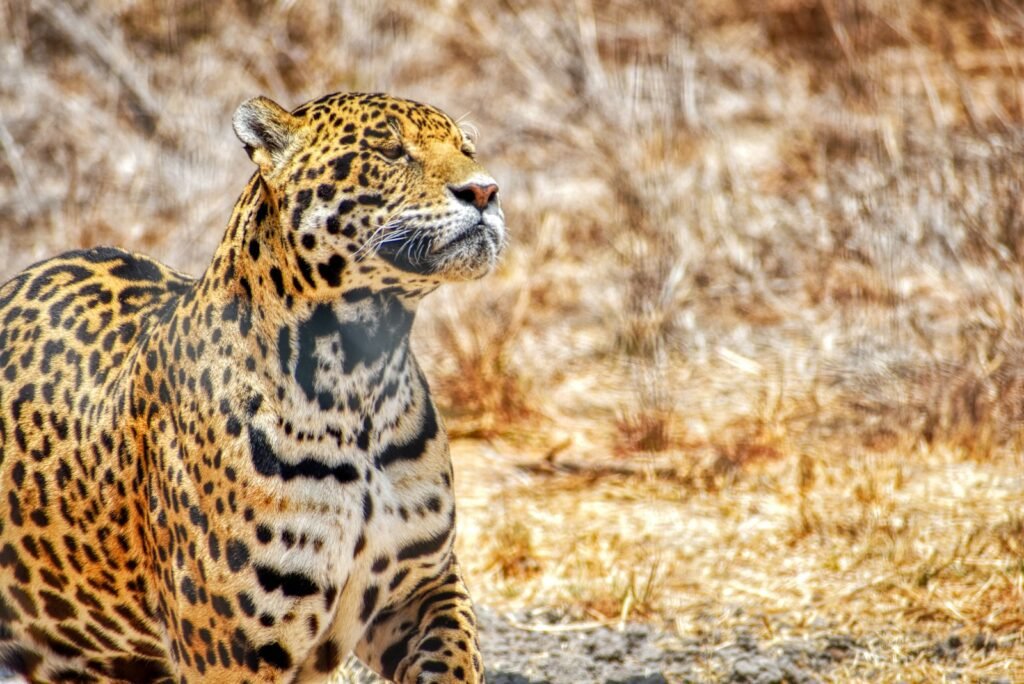
In Mesoamerican cultures such as the Maya, Aztec, and Olmec, jaguars were worshiped for their perceived metaphysical power and connection to the spiritual world. The Olmec created were-jaguar figures, blending human and feline features to signify shamanic transformation. The Jaguar God of the Underworld was one of the many deities revered by the Maya, representing night, warfare, and the afterlife.
Hittites: Lions as Royal Guardians
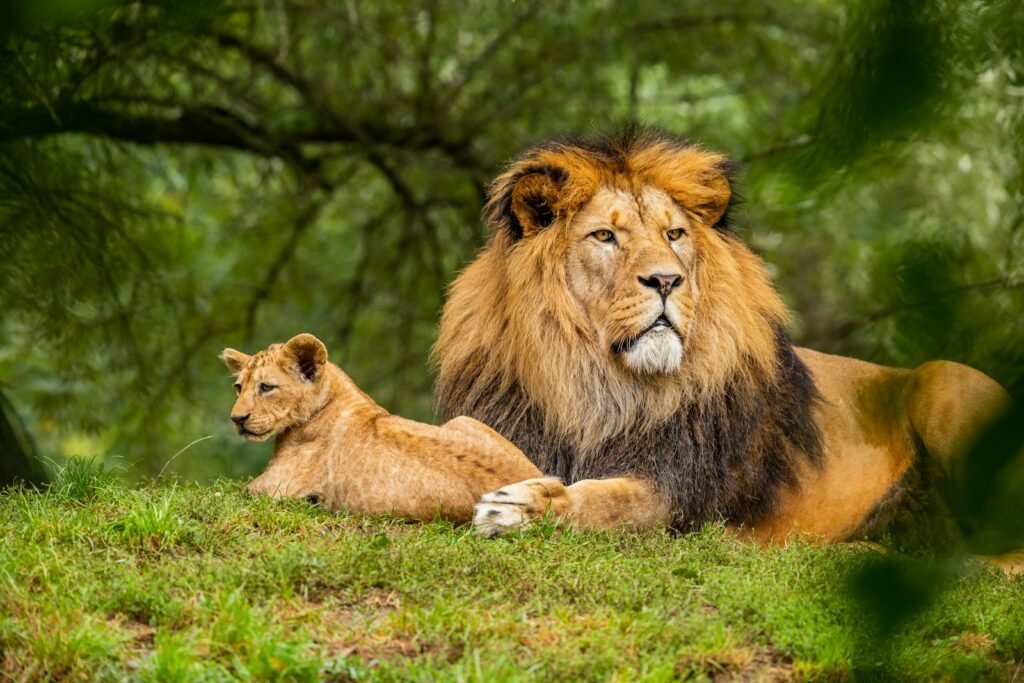
The ancient Hittites, who thrived in present-day Turkey, often depicted lions as protectors of the king and as guardians of gateways. Monumental lion statues adorned city gates to ward off evil and demonstrate the militaristic might of the Hittite kingdom. The lion was a powerful symbol of both divine and royal strength, associated with their storm god, Tarhun.
The Persian Empire: Lions as Royal Imagery
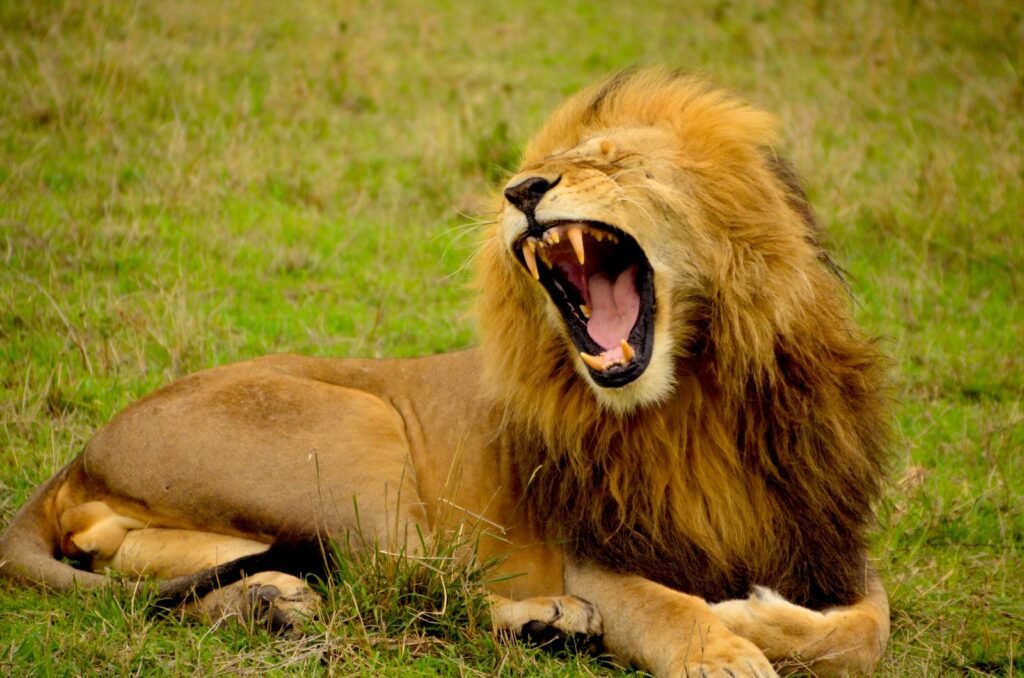
Lions played an important role in Persian art and culture, symbolizing royal power and courage. Lion motifs were prevalent in Persian palaces and relief sculptures, often alongside depictions of royal hunts, which demonstrated the king’s martial prowess. The lion and bull motif, representing cosmic struggle, was another common theme in Persian architecture and art.
Norse and Celtic Cultures: Legends of Lions and Cats
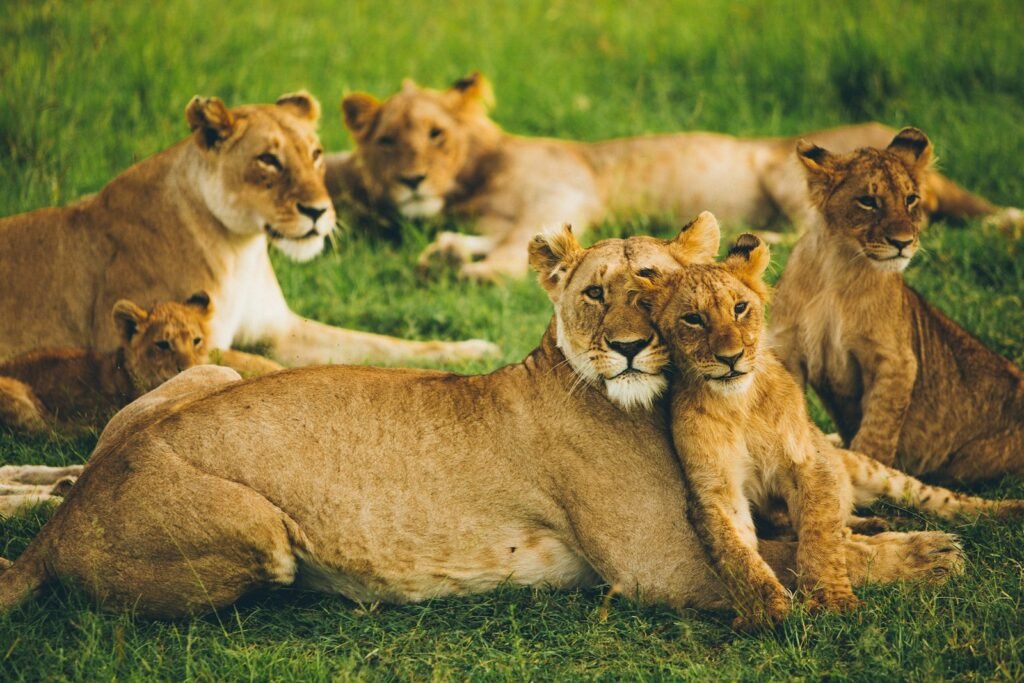
While big cats were not native to Northern Europe, the Norse and Celtic peoples incorporated them into legends and symbolism. The Norse mythological goddess Freyja was said to travel in a chariot pulled by cats, which some interpretations suggest could refer to lynxes or lions known through distant trade and tales. Similarly, in Celtic culture, the lion appeared in artistic motifs symbolizing nobility and strength, likely influenced by classical cultures.
Conclusion
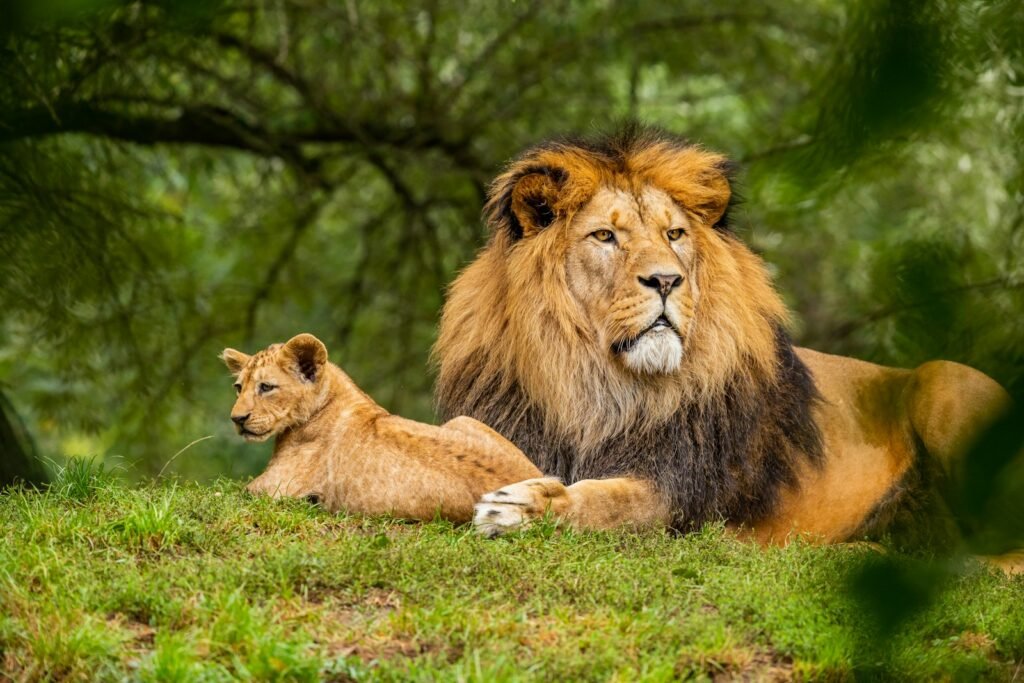
Throughout history, big cats have captivated human imagination and held prominent places in cultural and religious symbolism across diverse civilizations. From Africa to the Americas, these majestic animals have embodied power, protection, spirituality, and the complicated relationship between humans and nature. Today, their legacy continues to inspire awe, awareness, and conservation efforts worldwide.
Hi, I’m Bola, a passionate writer and creative strategist with a knack for crafting compelling content that educates, inspires, and connects. Over the years, I’ve honed my skills across various writing fields, including content creation, copywriting, online course development, and video scriptwriting.
When I’m not at my desk, you’ll find me exploring new ideas, reading books, or brainstorming creative ways to solve challenges. I believe that words have the power to transform, and I’m here to help you leverage that power for success.
Thanks for stopping by, Keep coming to this website to checkout new articles form me. You’d always love it!






